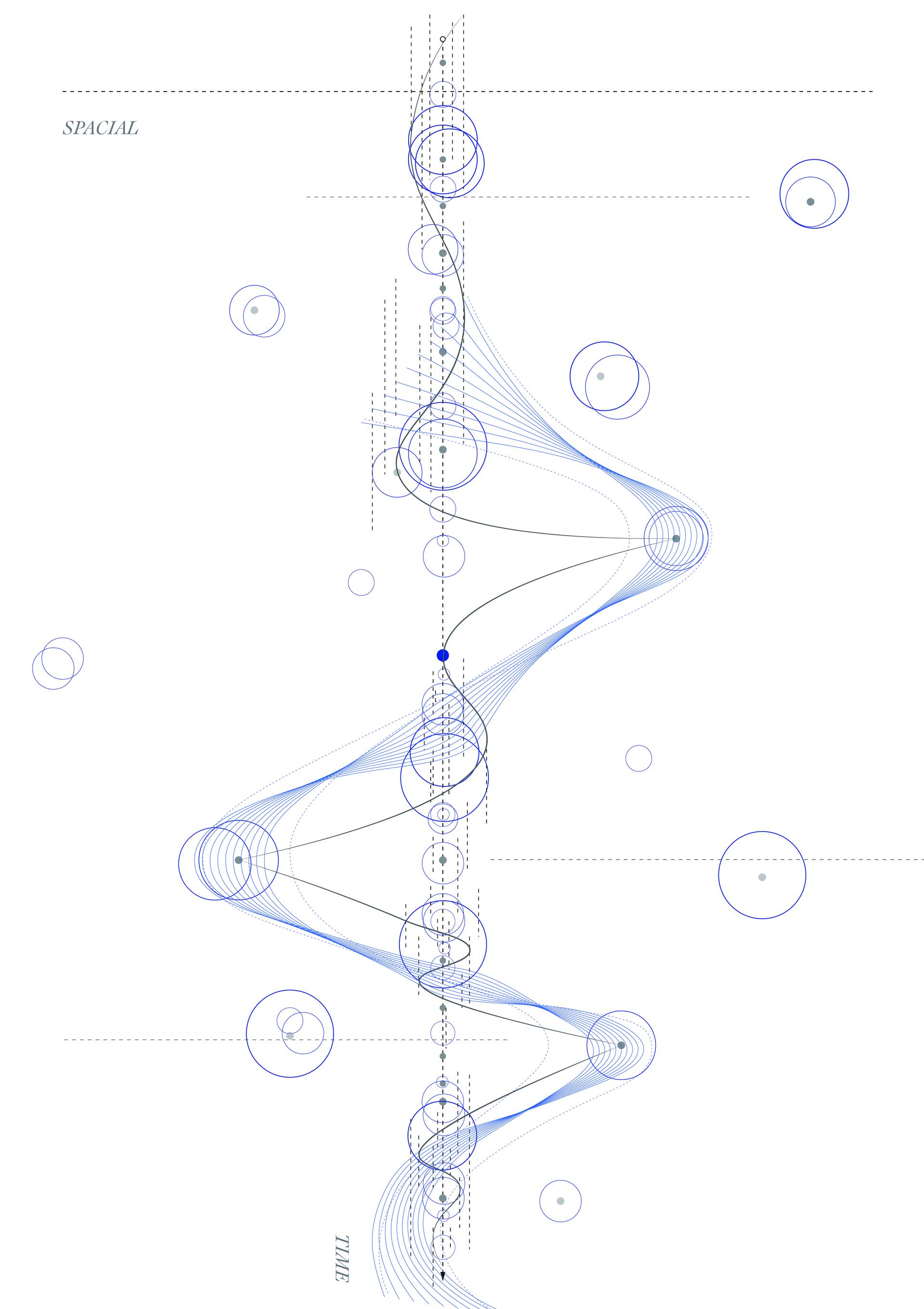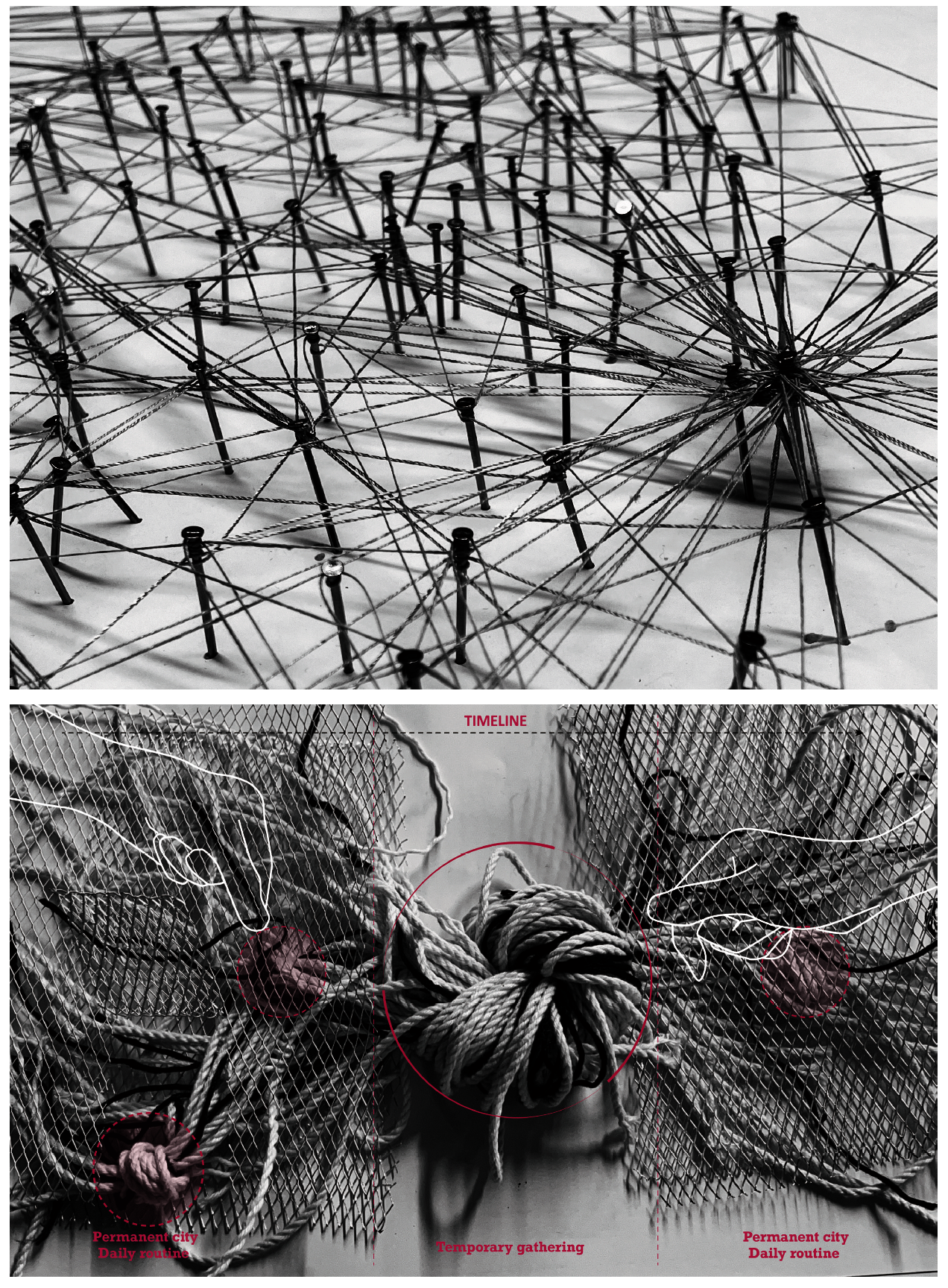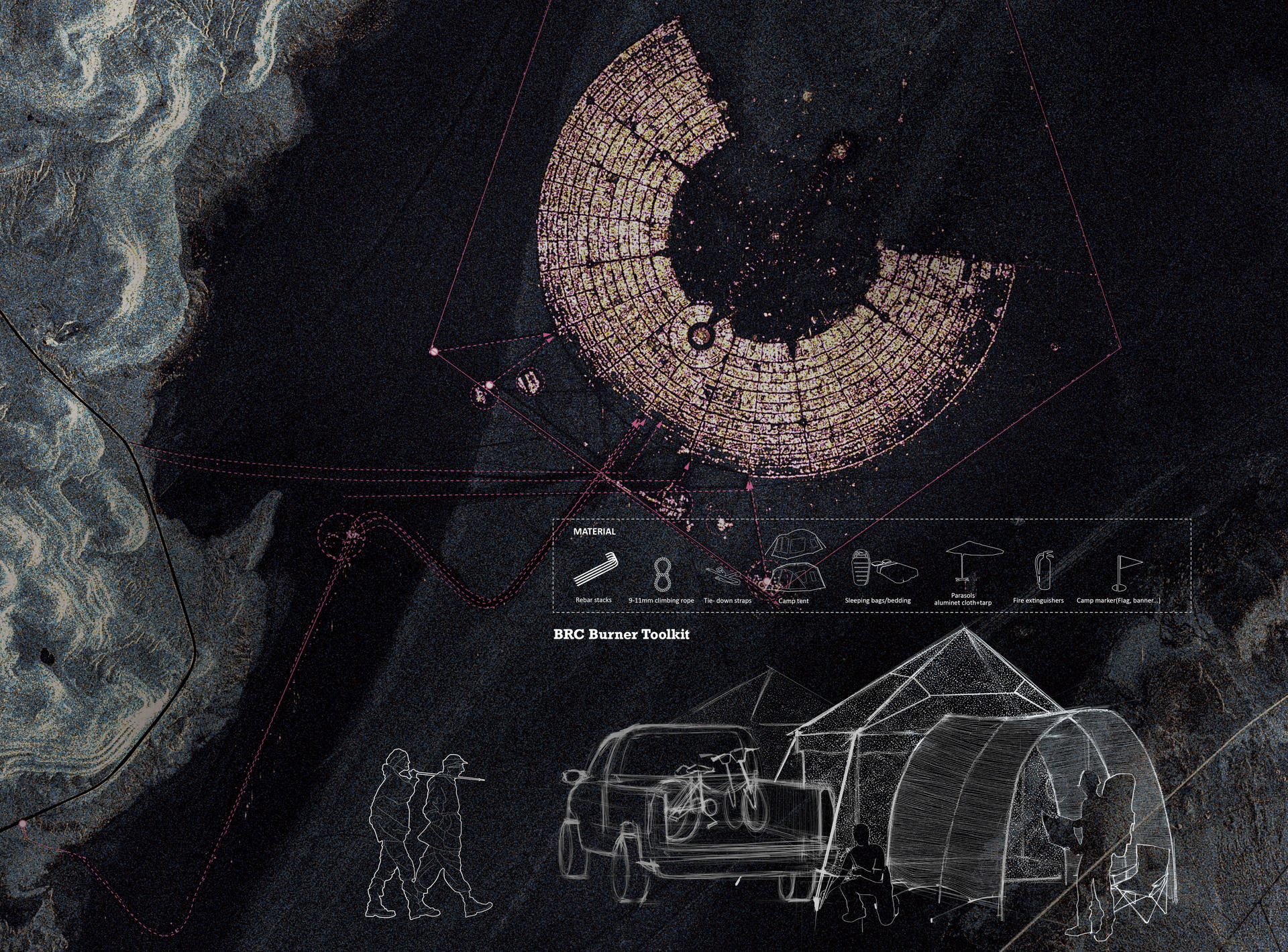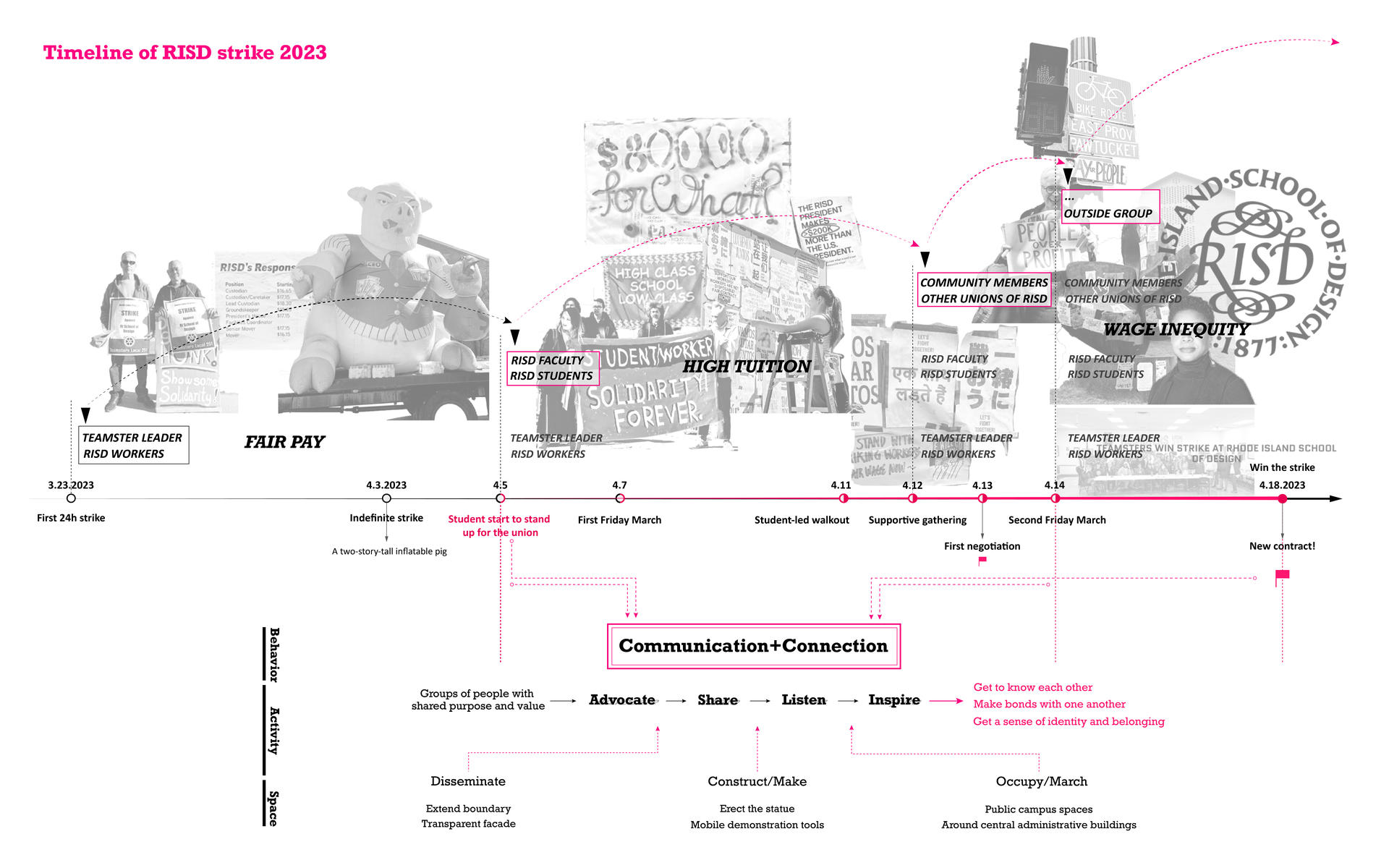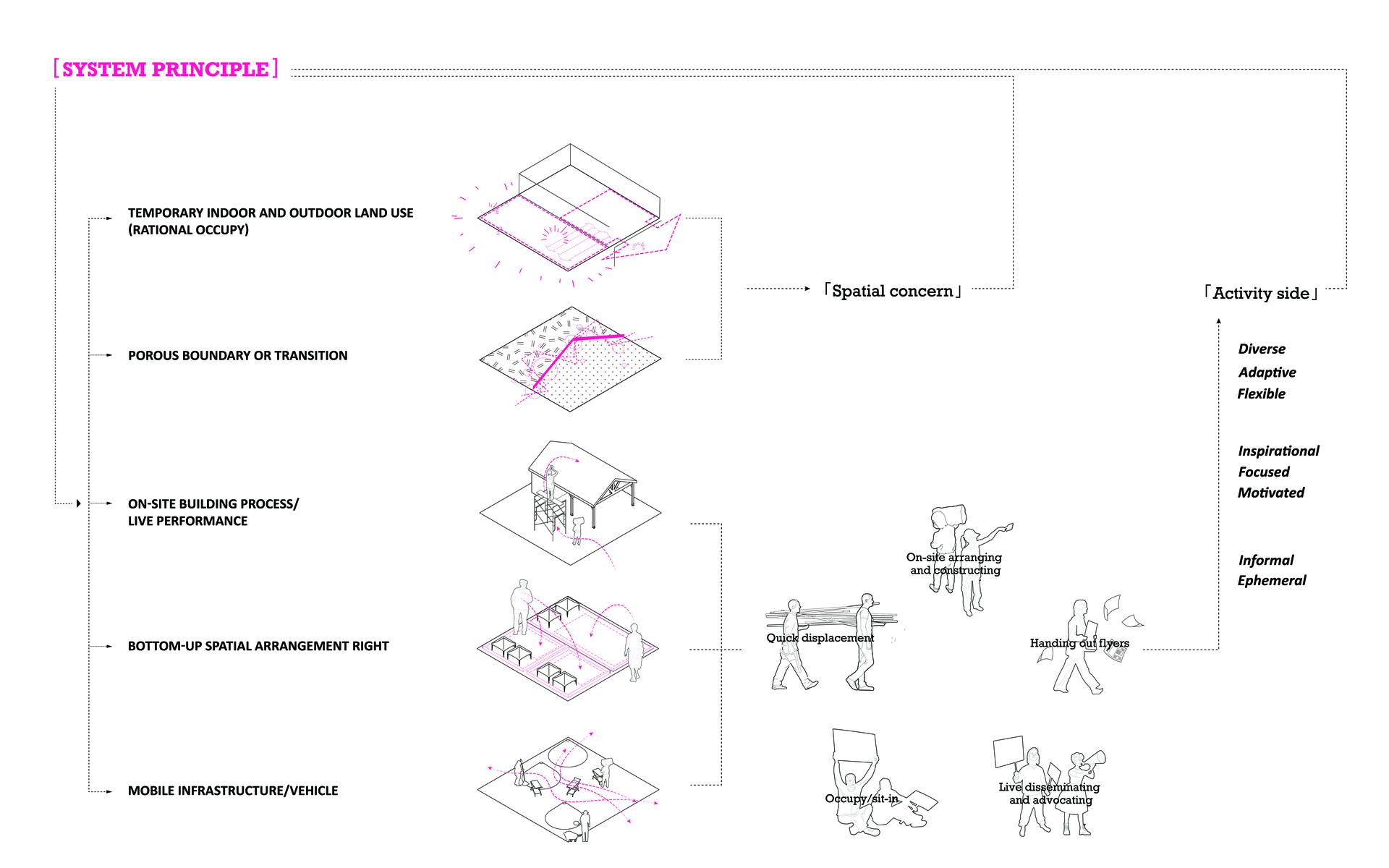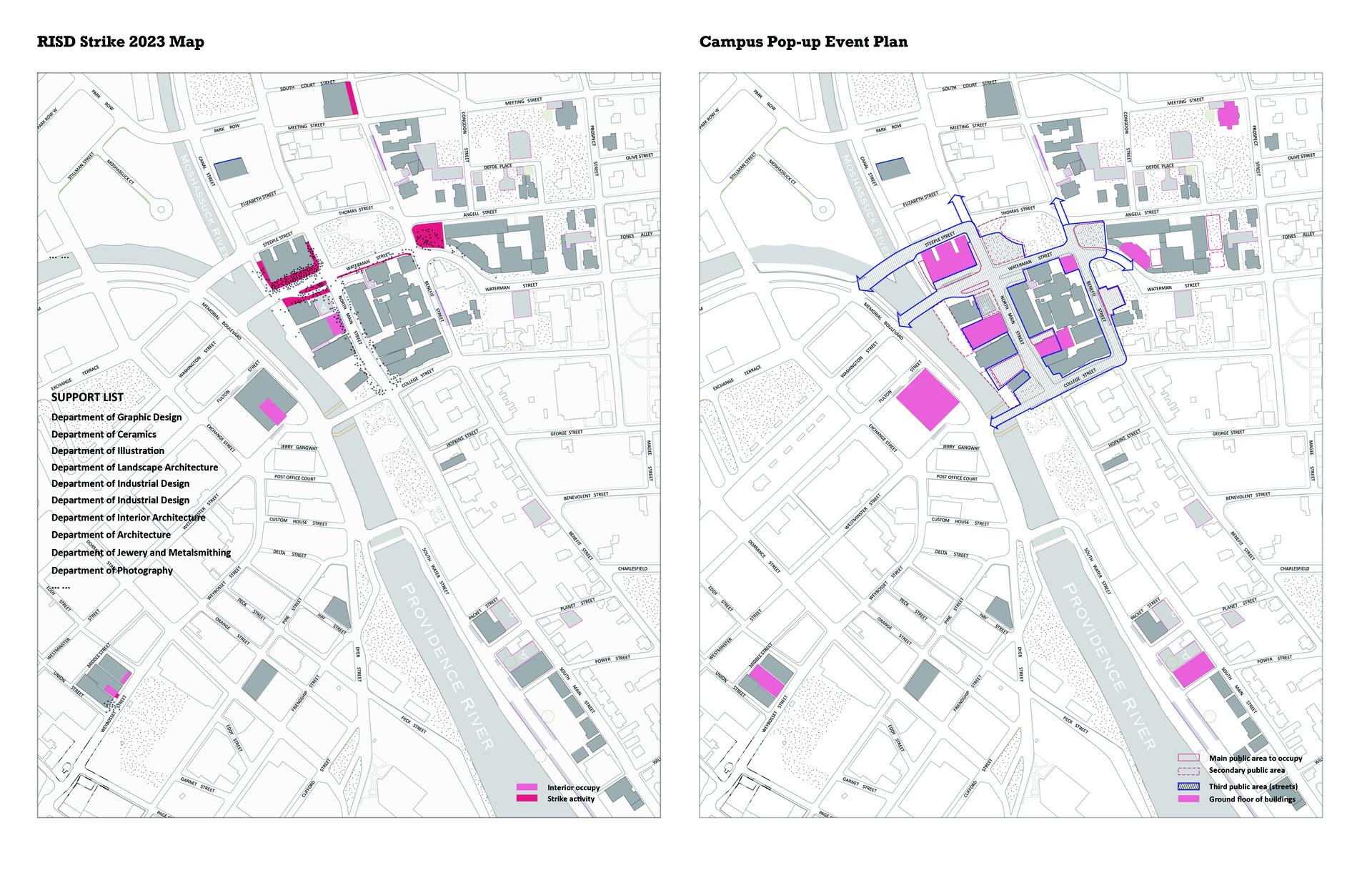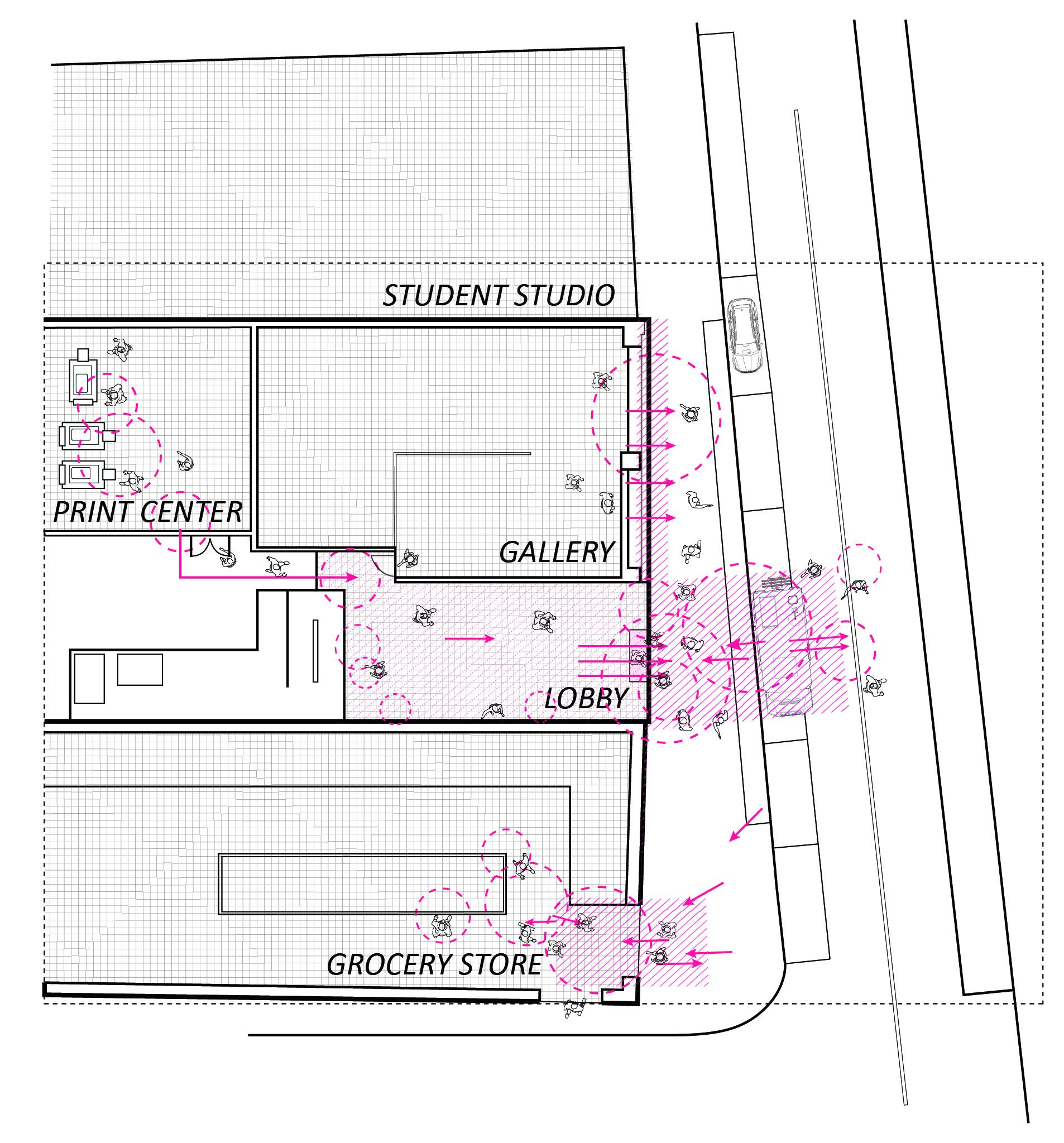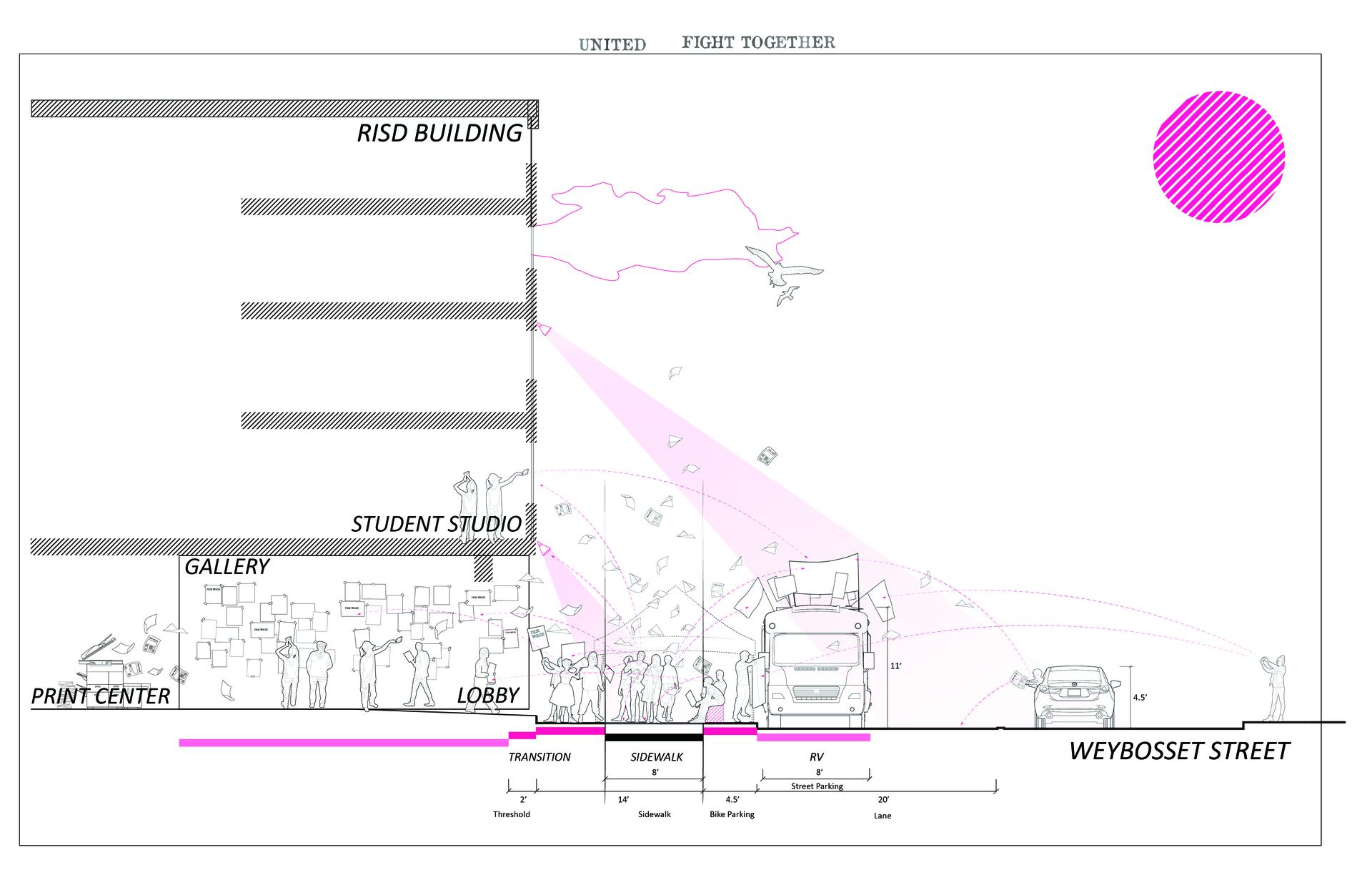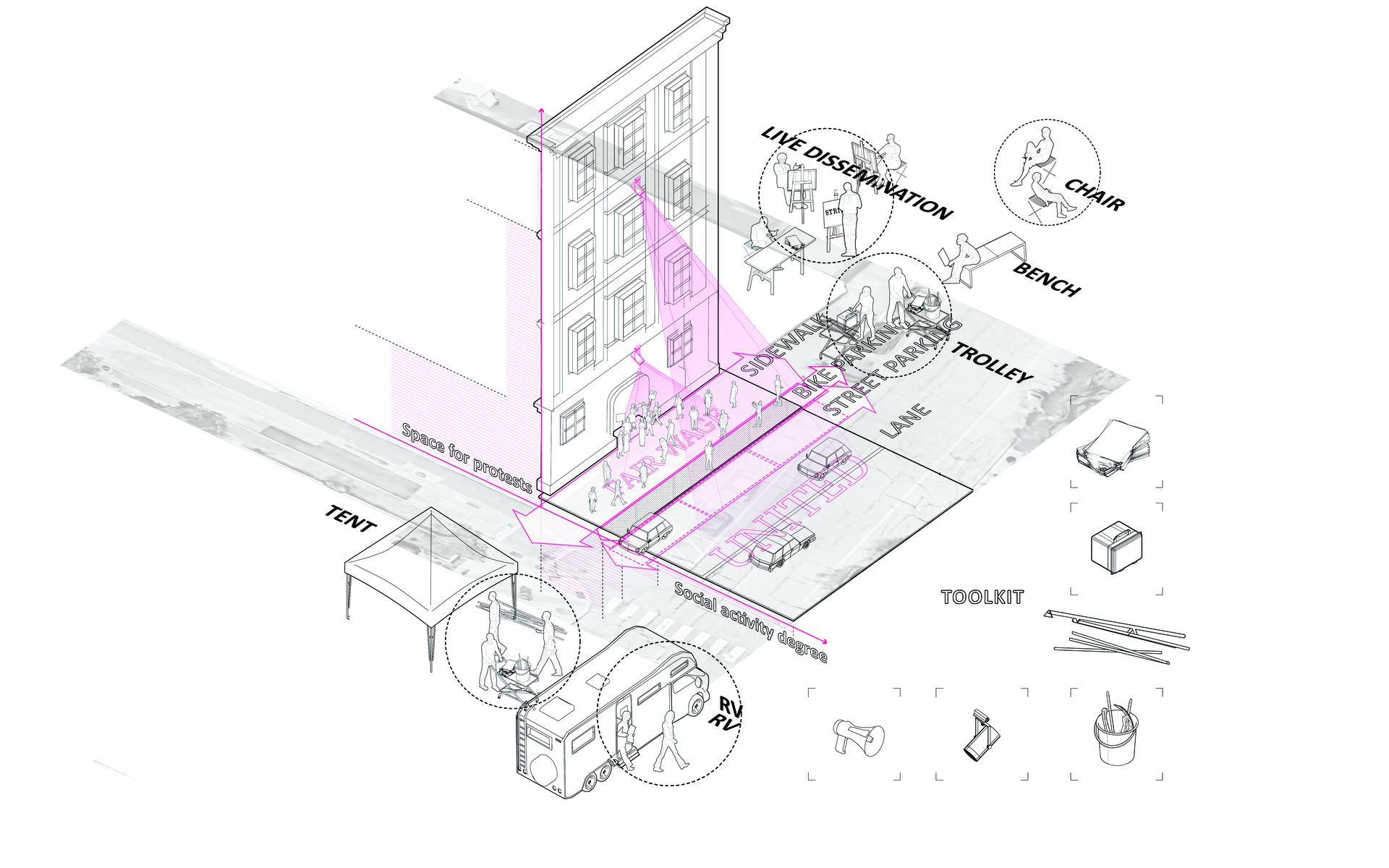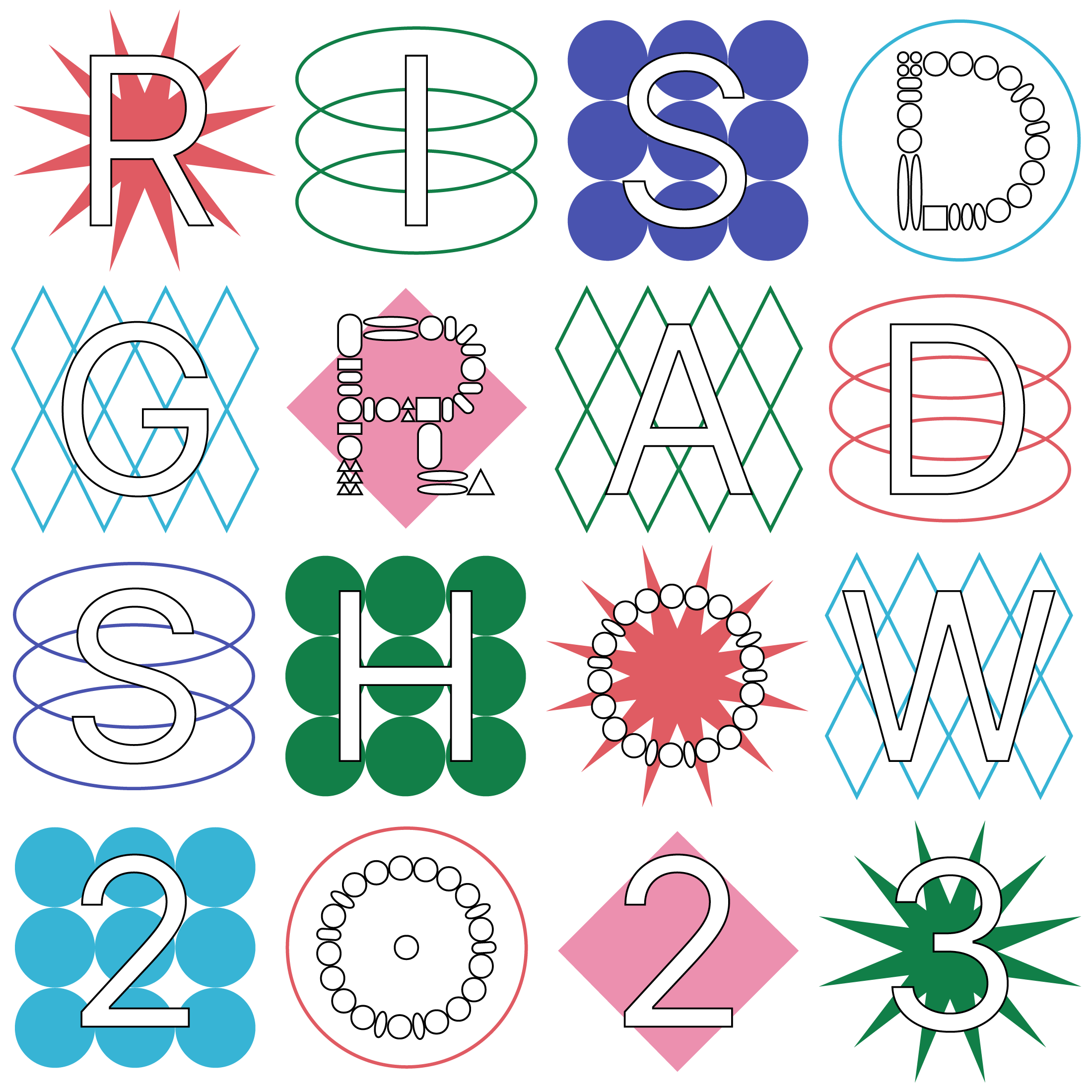Burning Man Case Study
Burning Man, the biggest gathering in the desert annually, lasted 9 days, focusing on community, art, self-expression, and self-reliance. The area holding this event is a typical temporary city organized and dismantled annually. They are coming together and celebrating their identity, their affection for art, and connecting with communities and groups of people with the same values and beliefs. They interviewed participators every year, and the top 1 reason for going there is to feel a sense of belonging, and also highly-ranked reasons like escaping the world for a time, to grow or connect spiritually… other surveys do affirm there’re definite benefits spiritually with regard for relationships between self and others, self and communities.
The participants' high degree of spatial self-governance is reflected in the fact that each camp leader is assigned an area where they have to decide and design their basic space configuration, such as parking areas, gathering areas, and tent areas.
As the participants in the community arrive in turn, they will adjust and negotiate the relationship with the neighboring tents, whether the space between the bar and the couch area can be used for hanging out, how much stuff to stock the pickup truck, how far the RV is from them, etc.
In this process of spontaneous space construction, a lot of dialogue, communication, and negotiation took place. People begin to get to know others, feel connected to them, and feel that they belong as a community.
